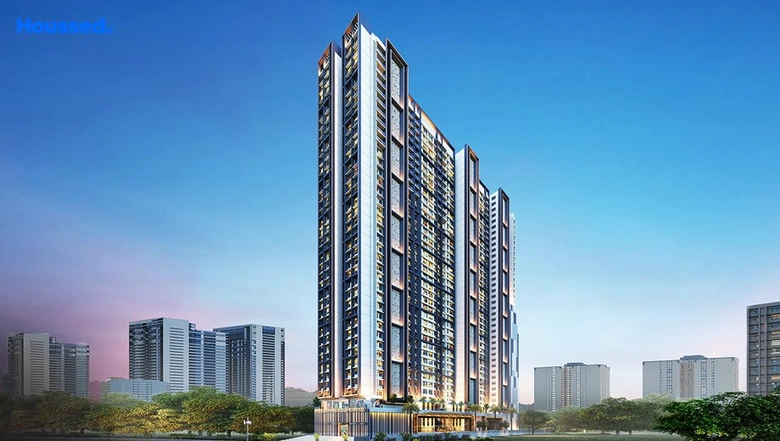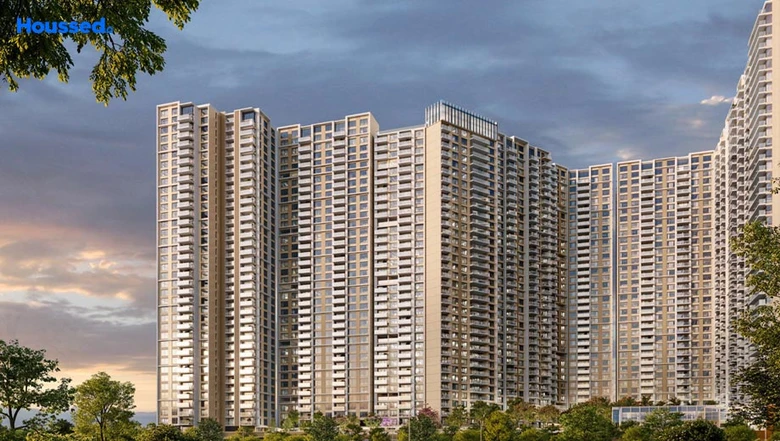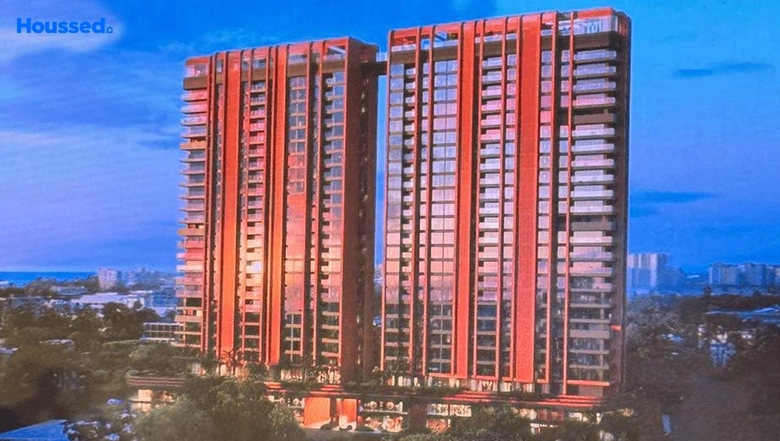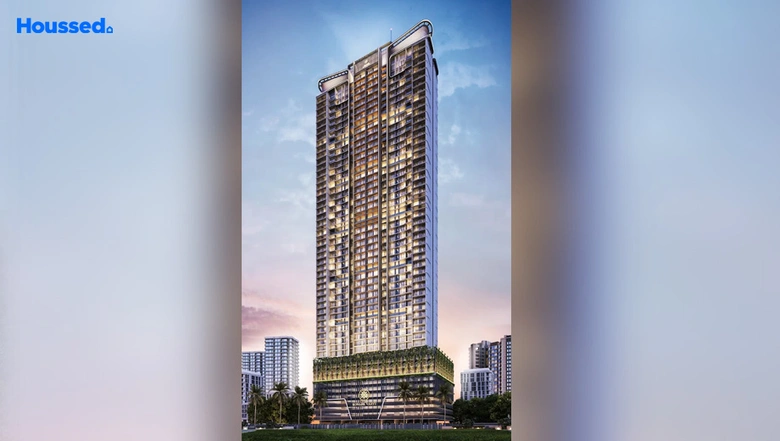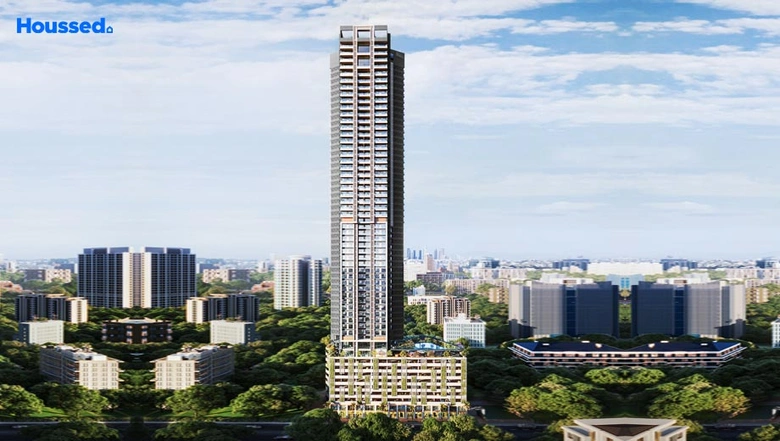Government Schemes for Affordable Housing in India

In India, affordable housing is more than a goal; it's a movement that's transforming lives, empowering families, and fueling economic growth.
To make this vision a reality, the Government of India has launched several landmark housing schemes aimed at making homeownership accessible to all, especially for low and middle-income groups.
In this comprehensive guide, we outline various government schemes for affordable housing in India, providing an in-depth understanding of how these initiatives operate and their impact on housing across both urban and rural areas.
What Are Government Housing Schemes?
Government housing schemes are structured programs designed by India's central or state governments to make homes accessible and affordable for citizens across various income levels.
These initiatives offer benefits such as interest subsidies, grants, loan assistance, and even fully built homes. It targets groups like the Economically Weaker Sections (EWS), Low-Income Groups (LIG), and Middle-Income Groups (MIG).
Some schemes focus on urban development with credit-linked subsidies or slum rehabilitation, while others provide rural families with self-built houses with essential amenities.
These schemes support the national goal of "Housing for All" and play a vital role in enhancing social security, promoting financial inclusion, and driving real estate growth.
Also Read - Subvention Scheme
7 Best Government Schemes for Affordable Housing in India
1: Pradhan Mantri Awas Yojana (PMAY)
Established in 2015, Pradhan Mantri Awas Yojana (PMAY) aims to build 20 million affordable homes for low- and moderate-income families by 2022.
It has two streams:
- PMAY‑Urban (U): Offers credit-linked subsidies, slum rehabilitation, and in-situ redevelopment in urban areas.
- PMAY‑Gramin (G): Builds rural homes equipped with toilets, LPG, electricity, and water connections.
In 2024, the Government of India launched PMAY-U 2.0, setting a target of 1 crore additional homes for urban and middle-class individuals, with a budget of Rs. 2.3 lakh crore subsidy and Rs. 10 lakh crore investment.
As part of the government schemes for affordable housing in India, the PMAY-G scheme has been extended through 2028–29, featuring revised eligibility criteria and increased income limits.
2: Pradhan Mantri Gramin Awas Yojana
Initially launched as the Indira Awaas Yojana in 1985, PMAY-G was relaunched in 2016 as PMAY-Gramin to accelerate rural housing.
Its primary aim is to replace temporary kutcha houses with pucca homes that include a toilet, kitchen, electricity, and clean water. This initiative covers the poorest rural families based on the SECC 2011 list.
In 2025, the Cabinet approved expanding the scheme through March 2029, funding the construction of an additional two crore homes with a budget of Rs. 3.06 lakh crore.
Several states have already surpassed their targets; for example, Uttar Pradesh has built over 35 lakh homes by 2023-24, nearing its goal of 36.6 lakh.
Meanwhile, Rajasthan has recently received approval for 2.73 lakh more homes. Maharashtra also remains on track with additional allotments. This high-volume achievement highlights the significant impact of PMAY-G on rural India.
3: Rajiv Awas Yojana (RAY)
Launched in 2011, Rajiv Awas Yojana (RAY) aims to make India slum-free by upgrading slum settlements into planned, integrated communities with proper housing and civic amenities.
The scheme targets both notified and non-notified slums. It provides financial support to municipal bodies, urban local bodies (ULBs), and central agencies for slum redevelopment.
So far, RAY has sanctioned 21 projects across Karnataka, Gujarat, and Rajasthan, totalling over 24,000 housing units. Of these, approximately 5,000 homes have been built, and 15,500 are under construction.
RAY remains a pioneering blueprint for integrating slums and promoting urban inclusion.
Also Read - What is PMAY Eligibility
4: Maharashtra Housing and Area Development Authority Lottery Scheme
The Maharashtra Housing and Area Development Authority (MHADA) was established in 1948 to develop affordable housing in the state. MHADA periodically holds transparent online lotteries to allocate apartments to various income groups, ranging from EWS to MIG.
Recent lotteries for 2024-25 offered over 20,300 flats, with prices significantly lower than market rates, typically 30-40% cheaper in many Mumbai suburbs.
Among the government schemes for affordable housing in India, MHADA stands out for offering cost-effective housing in major cities.
For instance, a 1 BHK apartment in Wadala or Antop Hill is available through MHADA for approximately Rs. 45 lakhs, while the same unit in the open market could fetch around Rs. 75 lakhs.
5: NTR Housing Scheme
Named after popular leader N.T. Rama Rao, the NTR housing scheme, was launched by the Andhra Pradesh government in 2016, aiming to provide affordable urban homes. It aimed to construct 19 lakh flats by 2019 for LIG and MIG families.
Under the program, the Andhra Pradesh Housing Board partners with private developers and offers heavily subsidised flats to selected beneficiaries.
The policy builds upon earlier NTR housing efforts dating back to the 1980s, during which 5,00,000 homes were built in five years.
Although the full 19 lakh target hasn't been met, the scheme still supports large-scale affordable housing, particularly in cities like Visakhapatnam and Vijayawada.
6: Delhi Development Authority Housing Scheme
The Delhi Development Authority housing scheme has shaped Delhi’s landscape since 1967 through the development of master-planned residential neighbourhoods.
In 2018, it launched a new scheme providing 27,000 flats across EWS, LIG, MIG, and High-Income Groups via an online portal and lottery system.
DDA allows homes in planned colonies to be built with essential amenities, including wide roads, green spaces, and utilities. Selected flats are priced below private-sector rates.
The transparent online application and draw system ensures fair access for first-time urban homeowners while reinforcing Delhi’s sustainable housing infrastructure.
7: Tamil Nadu Housing Board Schemes
Established in 1961, the Tamil Nadu Housing Board (TNHB) is the primary housing development agency in Tamil Nadu. It builds residential layouts and apartments for EWS, LIG, MIG, and HIG families.
Popular projects include Sevvapet Phase III and Ambattur in Greater Chennai, which offer well-designed flats bundled with internal roads, parks, community halls, and public utilities. TNHB conducts periodic lotteries to allocate units in a prompt and transparent manner.
Among the notable government schemes for affordable housing in India, TNHB is active in Coimbatore, Madurai, and Tiruchirappalli, transforming state housing policy and expanding access to housing across various income groups.
Also Read - Framework of SVAMITVA Yojana
Impact of Government Schemes on the Real Estate Sector
Government housing programs, such as PMAY, PMAY-G, MHADA, RAY, DDA, TNHB, and others, have reshaped India’s real estate landscape over the last decade.
- Housing Market Boom: Government-backed affordable housing schemes have stimulated growth in the real estate sector by increasing demand, encouraging private sector participation, and making homeownership more accessible for first-time buyers.
- Employment Boost and Economic Activity: Affordable housing schemes inject vitality into the construction sector, driving demand for labour, cement, steel, and other building materials.
- Urban and Rural Development: Slum redevelopment and rural housing building improve both living conditions and civic infrastructure. Such programs integrate slum areas into urban planning and enhance rural connectivity, sanitation, and asset ownership.
- Trust Through Regulation and Transparency: RERA (2016) has instilled confidence in the system by making real estate transactions more transparent and more standardised.
- Focus on Tier-II and Tier-III Cities: Urban population growth has shifted the focus on affordable housing to smaller cities. Government schemes and tech enablement have unlocked projects in Tier II/III cities, spreading opportunities beyond metros.
Future of Affordable Housing in India
India’s affordable housing journey continues to evolve, shaped by policy, technology, and demographic transformation.
- Bold Policy and Investment Growth: The Union Budget 2024–25 allocation (Rs. 79,000 crore, plus infra funding) demonstrates a long-term commitment.
- With PMAY 2.0 targeting one crore urban poor and middle-class families, the total projected housing is over three crore units, with an investment of Rs. 10 lakh crore.
- Urbanisation and Tier-II/III Expansion: By 2030, 40% of Indians are expected to live in urban areas. Affordable housing is emerging as a key factor in this shift, particularly outside metropolitan areas.
Tier-II and Tier-III cities, such as Ahmedabad and Jaipur, are gaining investor and developer focus.
- Sustainable and Smart Homes: Developers increasingly adopt solar panels, rainwater harvesting, EV charging, and ash-based eco-houses (e.g., NTPC’s Bilaspur project), keeping affordability aligned with sustainability.
- Tech-Driven Approvals and Financing: Awaas+ utilises face-recognition surveys, e-KYC, virtual home tours, blockchain title transfers, and AI-powered credit scoring to modernise the sector.
These tools reduce delays and costs while increasing reach to informal-income buyers.
- Regulatory and Tax Enhancements Ahead: Analysts anticipate future reforms, including lower stamp duty, broadened CLSS, and enhanced deductions under Sections 80C and 80IBA.
It also revised carpet-area definitions and GST relief on materials, all aimed at making homes more affordable and investable.
- PPP and Private Developer Participation: Developers receive incentives such as tax breaks and land, while the government provides guarantees and subsidies. Combined with rising FDI and REIT growth, PPPs promise sustained momentum in the sector.
Also Read - Gaothan Property
Summary
What Are Government Housing Schemes?
Government housing schemes in India aim to make homes affordable for all, especially for EWS, LIG, and MIG groups. They offer subsidies, loans, or ready homes in both urban and rural areas.
7 Best Government Schemes for Affordable Housing in India
- Pradhan Mantri Awas Yojana (PMAY)
- Pradhan Mantri Gramin Awas Yojana
- Rajiv Awas Yojana (RAY)
- Maharashtra Housing and Area Development Authority Lottery Scheme
- NTR Housing Scheme
- Delhi Development Authority Housing Scheme
- Tamil Nadu Housing Board Schemes
Impact of Government Schemes on the Real Estate Sector
- Housing market boom
- Employment boost and economic activity
- Urban and rural development
- Trust through regulation and transparency
- Focus on tier-II and tier-III cities
Future of Affordable Housing in India
- Bold Policy and Investment Growth
- Urbanisation and Tier-II/III Expansion
- Sustainable and Smart Homes
- Tech-Driven Approvals and Financing
- Regulatory and Tax Enhancements Ahead
- PPP and Private Developer Participation
FAQ's
Some of the affordable housing schemes in India include:
- Pradhan Mantri Awas Yojana (PMAY)
- Pradhan Mantri Gramin Awas Yojana
- Rajiv Awas Yojana (RAY)
- Maharashtra Housing and Area Development Authority Lottery Scheme
- NTR Housing Scheme
- Delhi Development Authority Housing Scheme
- Tamil Nadu Housing Board Schemes
Typically, EWS, LIG, and MIG families don’t own a permanent home. Exact income limits, age, domicile, and other rules vary by scheme.
Urban schemes (like PMAY-U and RAY) focus on credit-linked subsidies and slum redevelopment. Rural schemes (like PMAY-G) build pucca homes with basic facilities like toilets and electricity.
Yes, PMAY-U has a middle-income group (MIG) segment that offers interest subsidies on housing loans for middle-class families.
The goal is to provide affordable homes to urban and rural areas, aiming for 2 crore homes by 2022, with the extension of new PMAY-U and PMAY-G goals through 2029.
Applicants must be at least 18 years old, be a Maharashtra domicile (with a minimum of 15 years), fall within the specified income categories, and submit proper documents, including ID, income proof, and domicile certificates.
Yes, it offers flats for low to high-income groups in planned societies, using centralised allotment that makes quality homes affordable.
Yes, homes purchased under eligible schemes, such as PMAY, may qualify for tax deductions on principal and interest payments, subject to standard income tax rules.
To apply for PMAY benefits online, follow these steps:
- Visit the PMAY portal
- Navigate to Citizen Assessment
- Select the relevant component (slum dwellers or others)
- Enter your Aadhaar number
- Upload the necessary documents
- Save your Application ID.
- PMAY-U: Credit-linked subsidy, slum rehabilitation, in-situ redevelopment, and support for middle-income groups. All housing options include basic services and promote women's ownership.
- PMAY-G: Builds pucca rural homes with toilets, LPG, electricity, and water; uses digital tools like Awaas+ for surveys and beneficiary targeting.
